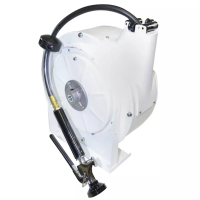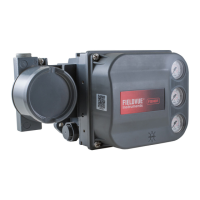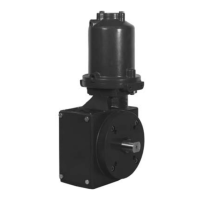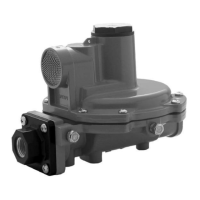5-48 Configuration
5.11 Gain Scheduling
Function FCODE
Option No Default Selected
ValW Value
Autotune
137 Medium, critical damping
1 1
Dynamics
Fast, slightly underdamped 2
Slow, slightly overdamped
3
Deadtime
4
If the same controller is utilized in different processes, it is important
to reset the configuration as well as the Autotuner memory. This is
important in switching between fast and
slow
loops. Use
FCODE
144
to reset the autotuner if required, for example if the controller is
moved to another loop.
Function
FCODE Option No Default Selected
Value
Value
Resethg
144
Reset disabled 0 0
Reset Autotuner 1
Reset Gain Scheduling 2
Gain scheduling is used to improve the control of non-linear
processes where the non-linearity is fixed. Processes that are not
time-dependent are an example of this type of process. The figure
shows an example of how gain scheduling uses a different set of PID
parameters to control the process, based on the range of the selected
reference signal.
GS Ref
d
GS
Gain scheduling Principle of Operation
May 1991
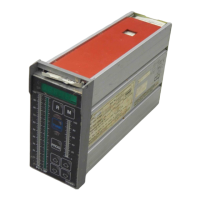
